I would like to hear from as many people as possible about their personal experience with all different kinds of filtration techniques. The purpose is purely selfish, I'm trying to decide what to do with my own aquarium, but I'm sure others will benefit from any information posted. If they don't, then they'll just have wasted a little reading time, and they can move on with their lives.
I am mainly interested in freshwater, but welcome information about marine as I may delve into that realm someday...and I don't want it to be short-lived.
I would like to hear your stories, along with the following background information, just so that we know that you know (or DON'T know) what you're talking about.
1. How long have you been an aquarist? (is that a word or a Bushism?)
2. What size and kind of aquariums do you keep? (fresh, marine, tropical, cold, etc)
3. What kind of fish?
4. Do you keep live plants?
5. What is your preferred filtration method?
6. What other methods have you used in the past?
7. What made you decide to use your preferred method?
8. What, in your opinion, are the drawbacks to your method of choice?
9. What do you do on a daily/weekly/monthly basis to maintain a healthy aquarium? (this means what YOU actually do, no necessarily what you're SUPPOSED to do. Everyone gets lazy. Read my story)
10. Have you ever successfully CONVERTED an active aquarium from one filtration method to another? If so, let's hear it!
11. Finally, Here's my selfish part of this all: Given all of your aquarium expertise, what configuration is best for maintaining a warm (76-80), tropical, well planted 55 gallon community tank, taking into consideration physical and monetary maintenance requirements????
Feel free to embellish on any other unasked question if it's appropriate. If it's inappropriate, don't embellish much.
Ok, since I've thrown down the gauntlet, here's my story.
1. I have been an off-and-on aquarist for over 20 years.
2. Tank: 55g, Tropical freshwater, 3 inches of medium non-colored gravel (whatever medium means. It's not sand and it's not big honkin rocks. If you opened a box of Nerds and found that one piece that's abnormally bigger than the rest, my gravel is bigger than that.) In the past I have a 37 high also, and a 10 gallon for the office, when I worked in an office. I think I kept a fish in a spoon somewhere once too. That didn't work out for long.
3. Fish: Community. My current tank contains: 3 mollies, 5 platys, 3 swordtails, 3 guppies (+1 fry, found while cleaning one day), 5 neon tetras, 2 gouramies (1 dwarf flame, 1 opaline), 2 barbs (gold/rosy), 2 danios, 2 misc Tetras, 1 Rasbora, 1 rainbow shark. 30 in all. I have 4 kids they just want more fish, how do you say no.
4. Plants: Yes, but I just started trying some different ones. In the past I kept Cabomba and Anarcharis, now I added Vallisneria, Wisteria and just got a couple Echinodorus and another sword. Just because I wanted to, I unpotted them and planted directly in the gravel. Maybe I'll kill them, but I got a deal at Petco on Sunday, 3 for $10 Woo hoo!
5. Filter: UGF w/power heads
6. Other filter: Additionally had a HOB Whipser, until I set it back up after sitting in a box for 5+ years and it leaked and the impeller assembly self-destructed. That was bad. It could have been worse though. I tossed it.
I also have a Magnum 330 that I've used over the years to polish the water using the diatom filter & powder. I started using that when I had severe algae bloom problems in my 55 20 years ago, which was strategically placed right next to a big window. We also had well water, which in addition to being extremely hard also contained something that loved to cause the water to go solid green so that you couldn't see halfway from one end to the other within 2 weeks of a water change. I would run the diatom filter for a few hours after a change and there was no bloom. Weird but it worked. I've used it ever since, I run it once a month. It's running right now, in fact, and it even appears to be removing the tannins from the driftwood, because my water is super-clear. More on that later.
7. Why: It's all I really know. I've always thought it was the preferred method in general until now.
8. Drawback: You have to suck the gravel, other than that...not much. Don't know about plants/growth, I hear it's harder but unsure why (I'm a 20 year newbie, how about that for an oxymoron)
9. Maintenance: Currently, I clean the living heck out of this tank just to be safe. When I say living heck, I mean more than I ever have in the past. I do a 10% water change every 2 days, using 2 day old water with aquarium salt added (1 tsp/gallon) and I usually siphon a random amount of gravel. In the old days, I used to religiously do a 25% water change every 3 to 5 weeks. Sometimes not quite so often. See Embellishment for the results of that technique. Knowing what I know now, I was an frakking idiot! (Let's hear it for the BSG fans.)
10. Changing: No. That's why I'm posting this - I'm thinking about it...
11. That's for you to fill in. Personally, my UGF/power filter setup is very low cost and maintenance is easy as long as you keep doing it.
The Embellishment part:
I have always used UGF, mainly with power heads. My last tank crashed in 2000 because I basically neglected it, and lost all my beautiful 4 year old cichlids that survived 2 moves, one over 120 miles in a 5 gallon bucket! I'm guessing that they survived because I moved so much, and ended up breaking the tank down every year to do so, then when I finally settled somewhere and practiced my long-term non-cleaning technique described in #9, well, you get the idea. They all died except my Synodontis, Fredo, who lived to a ripe old age in a cramped 10 gallon at the office and at someone else's home. I knew it was him, he broke my heart. Get it? Fredo?
I never set my tank back up until this year (1/1/9 to be exact) and encountered a whole new philosophy, at least to me: no one uses undergravel filters anymore. At least, that's what a couple of the local pet stores told me.
I live in Des Moines, IA, and we have your usual chain pet stores, and a few locals. I had already set up my tank and needed new tubing, and to my complete and utter surprise, couldn't find it - you know, because that's not needed anymore, right?
I finally went to Aqualand and they had it - and they told me that UGFs work fine if you do what's needed, anything else is just more $ to buy and maintain. That worked for me because that's what I wanted to hear. Plus I already had the plate, gravel, and water in the tank.
If you enjoy laughing while learning, visit http://aqualandpetsplus.com/. His site is great. Read the Q&As too. I think he literally posts any e-mail that gets sent to him. Some are frakkin hilarious.
Recently, I went to yet another locally owned place and just for kicks asked what he thought. He told me that that stopped using them because you have to break down the tanks every year or so to get rid of the sludge or else you could end up with nitrate problems. I used to clean out my tank for no particular reason when I was in high school, I just felt like torturing myself. I scoffed. What did he know, they've only been keeping for, like, 20 years and run a pet store! He couldn't possibly know anything.
So I turned to the internet, because you can get everything you could possibly ever want to know from the internet. Here's some great sites I found to spark the debate:
http://www.firsttankguide.net/ugfcontroversy.php
http://www.bestfish.com/ug.html
http://aqualandpetsplus.com/Misc%20Under%20Gravel%20Filters.htm
Personally, I agree with the first and last, but I'm way biased and resistant change. Change is bad and evil. But I'm open to it if what I'm currently doing is indeed badder and eviler.
I want to grow healthy plant and keep healthy fish, but I don't want to have a ton of equipment and spend a buttload doing it. So how do ya do dat!!??
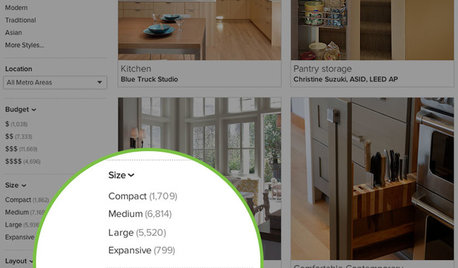
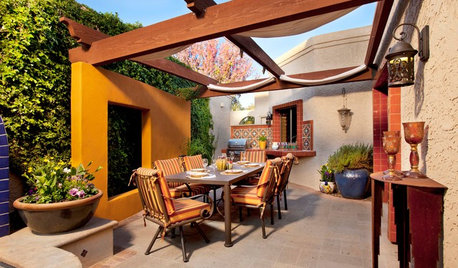

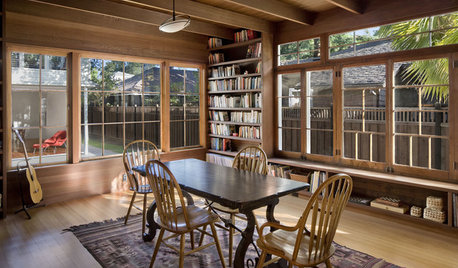



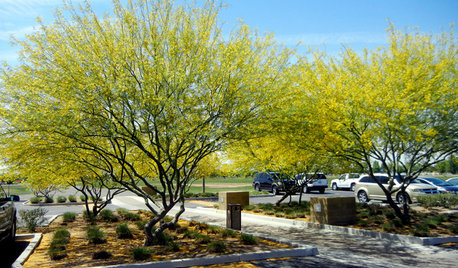
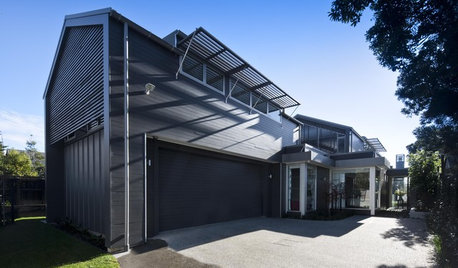







budcarlsonOriginal Author
garyfla_gw
Related Professionals
Carson Landscape Architects & Landscape Designers · La Marque Landscape Architects & Landscape Designers · Aurora Landscape Contractors · Burlington Landscape Contractors · Elgin Landscape Contractors · Bowie Landscape Contractors · Damascus Landscape Contractors · Dunwoody Landscape Contractors · Mastic Beach Landscape Contractors · Ridgewood Landscape Contractors · West Orange Landscape Contractors · Maple Heights Landscape Contractors · La Palma Decks, Patios & Outdoor Enclosures · Marlboro Decks, Patios & Outdoor Enclosures · Portage Decks, Patios & Outdoor Enclosureswoeisme
birdwidow
budcarlsonOriginal Author
garyfla_gw
birdwidow
woodnative
woeisme
garyfla_gw
birdwidow
woeisme
birdwidow
garyfla_gw